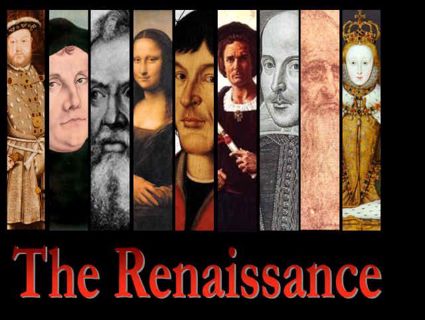
Author:
Khadija Naeem
Coauthors: Verdah tariq,
Kiran Khalid
What is Design?:understanding design
Design is the art of combining form and function, transforming ideas into attractive and communicative visual works. Creating visual design requires walking a delicate dance between beauty and purpose.
Creating Design: The Symphony of Creativity:
Start focusing. Understand the purpose of the design; convey a message and evoke emotions. Putting ideas on paper can be a powerful first step, allowing ideas to develop before moving on to digital tools.
Then think about design: balance, contrast, importance, movement, pattern, proportion and unity. Balanced content provides stability while contrast creates interest. Be sure to pay attention to the person when his strength increases. Pattern, proportion and unity tie everything together harmoniously.
The Renaissance ERA: Design history
The Renaissance period, roughly from the 14th to the 17th centuries, saw a
major revival in European culture and art. In design, the Renaissance moved away from the central importance of religion and led to a new interest in classical beauty, humanism, and individual creativity.
Basic features of Renaissance Design:
Classical Influence: Renaissance design was inspired by ancient Greek and Roman art and architecture. Columns, arches and classical models become the main features, marking a return to the principles of proportion and symmetry.
Humanism vs. Individualism: Humanist ideals celebrate intelligence and individual achievement. This perspective is about design by combining the reality of the human form with a focus on self-expression.
Linear Perspective: The use of linear perspective has revolutionized visual presentation. Artists and designers have mastered techniques that will create a feeling of depth and reality, enabling the relationship between spaces to be seen more clearly.
Naturalism and Realism: Renaissance design took a more naturalistic and realistic approach. This is clearly seen in paintings, sculptures and architectural elements that aim to capture the essence of the observed world.
Harmony and Proportion: The Renaissance gave great importance to mathematics, and as a result, designs with harmony, balance and proportion emerged. Architects and artists seek to create visual works based on mathematical equations.
Symmetry and Balance: Designs often feature combinations that show order and balance. This departure from the asymmetries of the previous Gothic period marks a return to classical ideas.
Richness and decoration: While Renaissance design adopted classical simplicity, it also had richness of detail and decoration. Beautiful designs, intricate carvings and beautiful objects adorn the architecture and art.
Renaissance design marked a significant change in humanist, classical and
aesthetic harmony. The reputations of Leonardo, Michelangelo and Raphael have stood the test of time. They remain the big three names of Renaissance art and their works are among the most loved in the collection. Its influence resonates across all disciplines of art, leaving a long legacy that continues to inspire creativity and fascination today.
Follow Khadija Naeem to stay updated on their latest posts!
0 comments
Be the first to comment!
This post is waiting for your feedback.
Share your thoughts and join the conversation.
